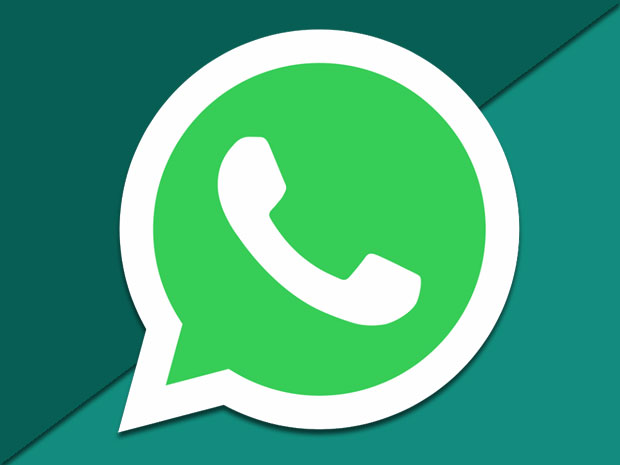WhatsApp on Monday announced that it would drop the annual subscription fee and allow people to use the service for free.
Company founder Jan Koum announced the move at the DLD Conference in Munich.
While more than 900 million people worldwide use WhatsApp to stay in touch with family and friends, the US$1-a-year subscription fee could be a barrier to further growth, he said.
The service was free for the first year, then $1 per year after that.
That business model wasn’t working because many WhatsApp users don’t have a debit or credit card and had expressed concerns about losing access to contacts after the first year of free service, the company said.
WhatsApp — which utilizes its platform to send messages, images and video via the Internet on mobile devices — launched six years ago and quickly saw its user base skyrocket, becoming among the most popular messaging apps in the world.
Facebook acquired WhatsApp in 2014 for $19 billion.
WhatsApp will begin phasing out the subscription fee immediately.
Free to the People
Moving to a free model could allow the service to expand in the developing world.
“As Facebook-owned WhatsApp expands further in the world and into lower-income segments globally, the $1 a year might become a barrier to expand even further as quickly as it has in the past,” said Roger Entner, principal analyst atRecon Analytics.
“In the Western market, this really isn’t a lot of money for the average user, but in the developing countries it continues to be an issue,” noted Greg Sterling, vice president of strategy and insight at theLocal Search Association.
“Clearly, they’re trying to expand it further with this move,” he told the E-Commerce Times.
Given its sizable audience, dropping the subscription model could leave money on the table.
“This is a move to make it the dominant chat application on mobile devices around the world, but at the same time it is a ton of money to give up, so ultimately they may see advertising as a way to monetize the base,” said Sterling.
Ad Model
The question becomes where the service can create a new revenue stream.
For now, WhatsApp will steer clear of third-party apps and will test tools that will allow users to communicate with businesses through the messaging service, it said.
Given that Facebook spent in excess of $19 billion to buy WhatsApp, it likely will further integrate the service into its fold, as it has done with other services it purchased, notably Instagram.
“As WhatsApp becomes more integrated with Facebook, it also adopts its monetization methodology,” Recon Analytics’ Entner told the E-Commerce Times.
“More importantly, Facebook bought WhatsApp to make Facebook more sticky, so the direct revenue pressure is somewhere between less to none compared to before,” he added.
Free to Use
Facebook has made a number of purchases in recent years to ensure that it would remain as dominant on mobile devices as it has been on desktops.
“This is a repeat of what happened with Instagram. Perhaps they won’t try to monetize it, but I find it hard to believe that is something a publicly traded company could pull off,” noted the Local Search Association’s Sterling.
“This play could be a way for Facebook to get in markets where they aren’t as strong, and it is clear that WhatsApp has a huge global pace,” he added. “This fits in the fold with Facebook Messaging and Instagram as another mobile channel.”






















































Social Media
See all Social Media